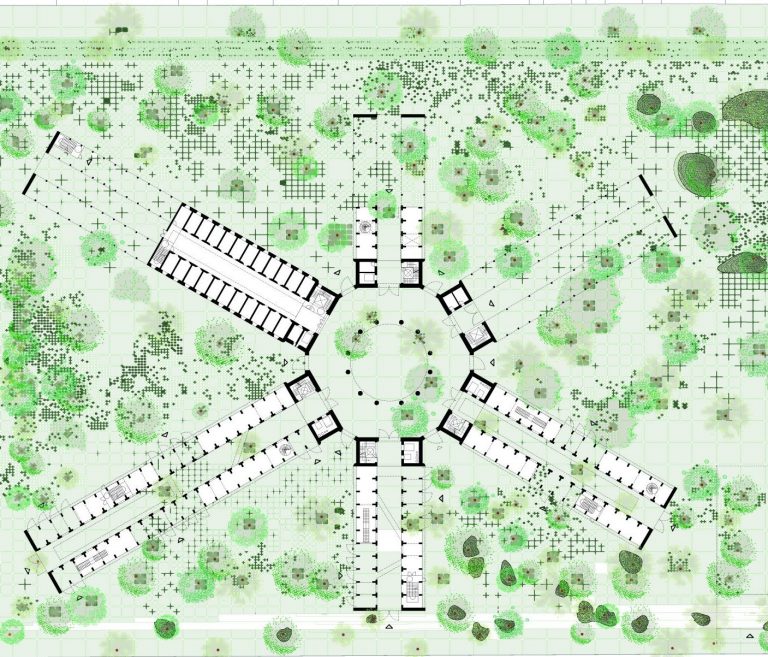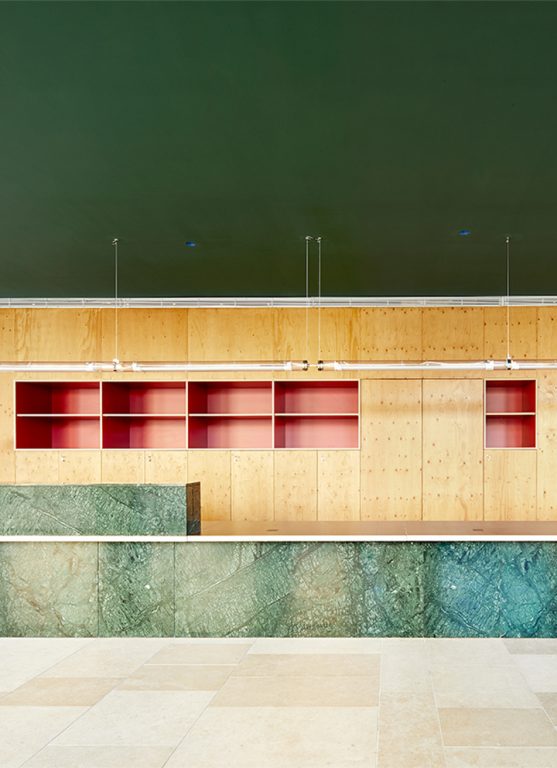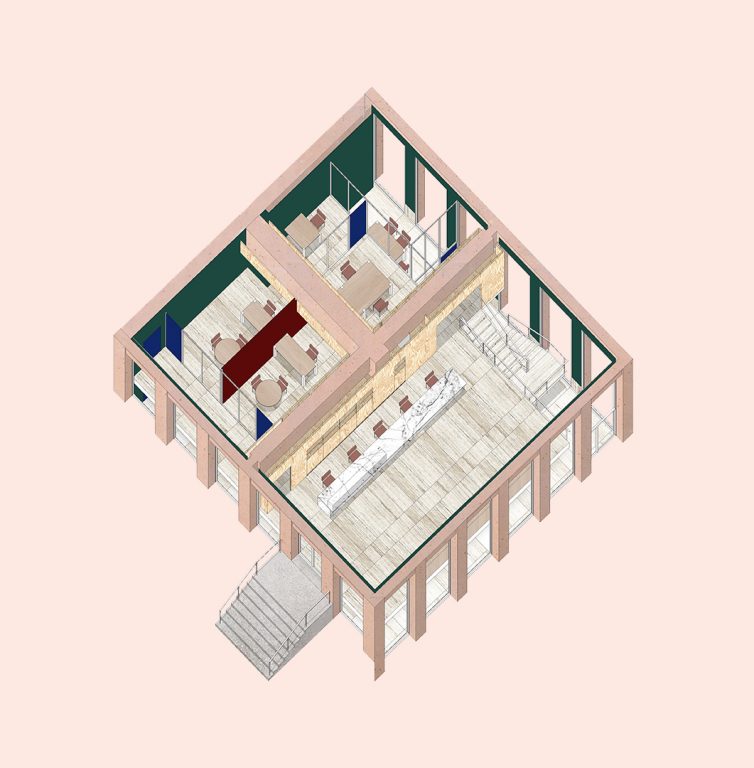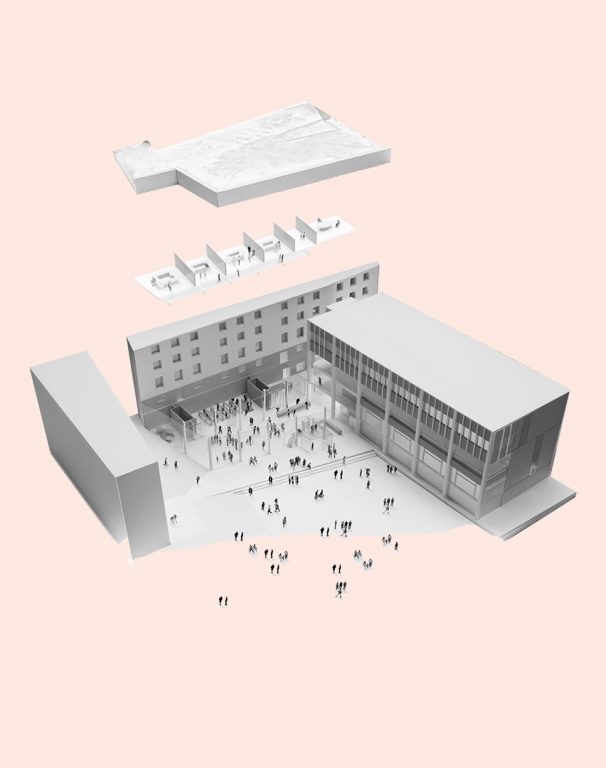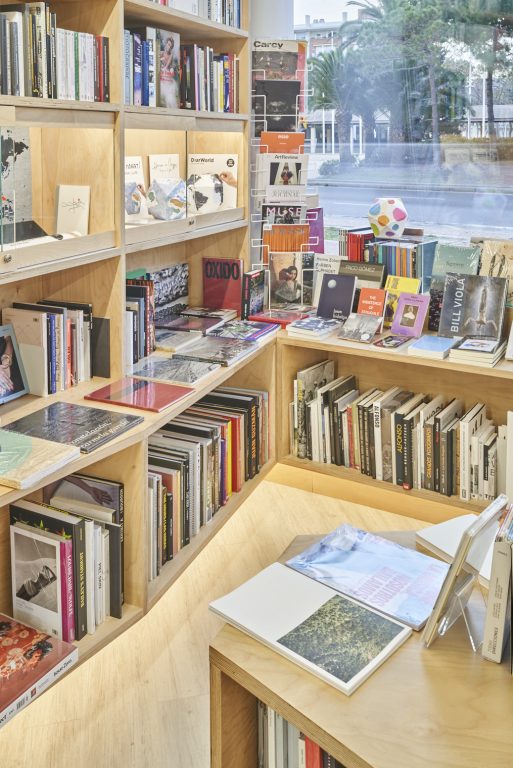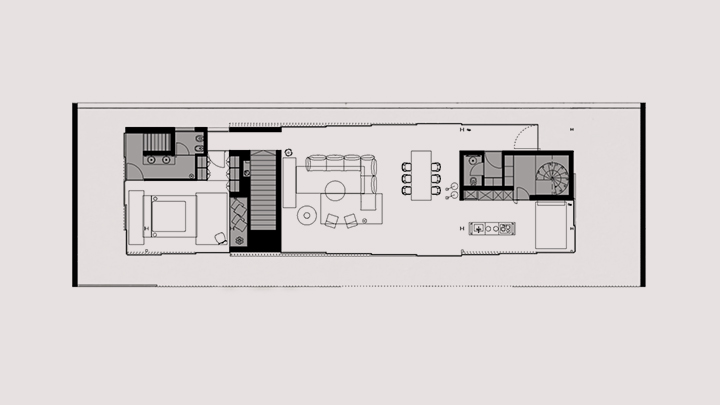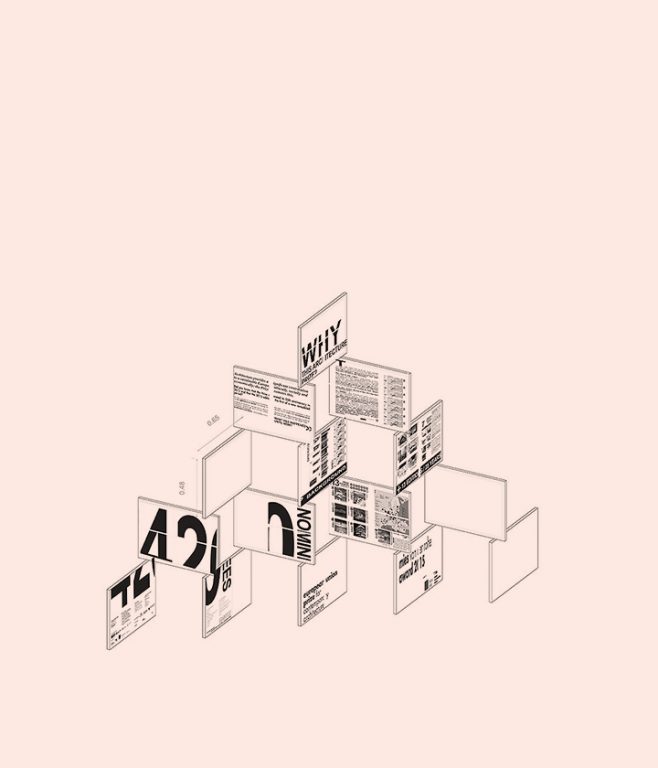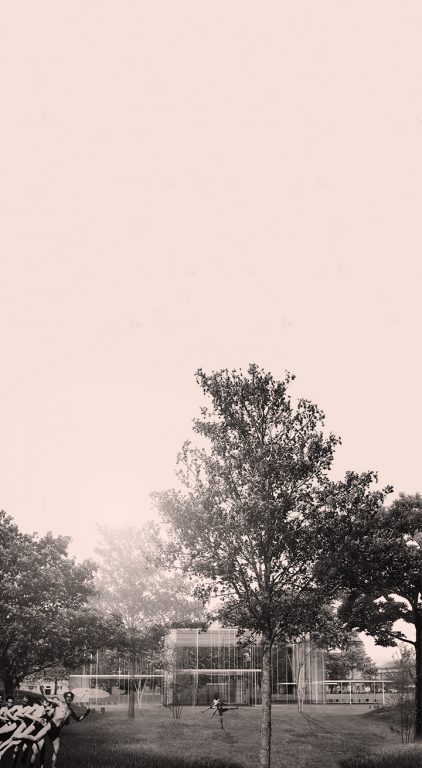Wave 2022
TextClose TextWave 2022
Form, time and density
What does form do in a city?
Architectural forms are subject to constant change. A 16th century palazzo is different from a 1970s housing block. Architectural genres always find a form of expression that conforms to their time. Other building forms suddenly seem inadequate for their era. This transformation in the appearance of forms seems to take place even when the content and function of architectural categories do not undergo a substantial change. Suddenly an old constructive attitude is dressed in a new garment.
What happens then when this occurs? What does an innovative architectural form imply? What does this form want? Why does it come into being? What does it cause to our experience? What consequences does it bring to our living spaces, our cities, suburbs and landscapes?
These questions layout challenges to undertake in the atelier. We will look for personal answers in the concrete; we will design for the specific context of the Campus in Santa Marta and we will try to understand what form we design and intend to insert arouses there, in that place, how it reacts with the present forms, whether it assumes continuity or contributes to variety, or whether it intends to transform a place or create its own.
Venice is such a layered context that requires a degree of abstraction to digest it, and at the same time its sedimented nature creates a one-of-a-kind experience. In order to analyse and operate into this context, we will navigate between abstraction and concrete definition of parts, we will remain schematic on purpose to only bring attention to those forms that reveal consciousness. Following the steps of recent seminal works on Venice, such as 2014 Venice Biennale Fundamentals or Giulia Foscari’s Elements of Venice, we will dissect the form of the city into its elemental parts.
The main topic underlaying the creation of form will be around the culture of density. For centuries, one of the world’s most populated cities, Venice’s population reached a peak to only decay until today’s lowest density record. We will learn from the city’s past mechanisms of expansion and densification of the building fabric, and we will experiment with current forms of densification for the contemporary city.
This atelier is an attempt to create form-conscious projects.
Not as a result of fashion but of reflection.
2341ch.
Jorge Vidal + Guillem Pons + Biel Susanna + 80 IUAV students.
Università Iuav di Venezia




































